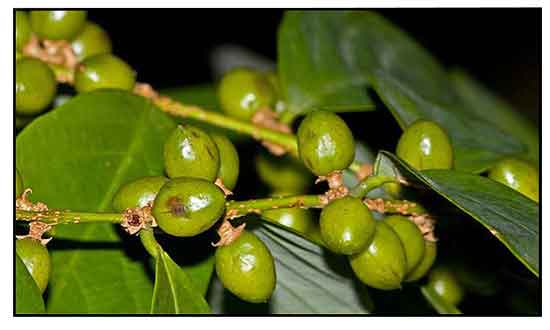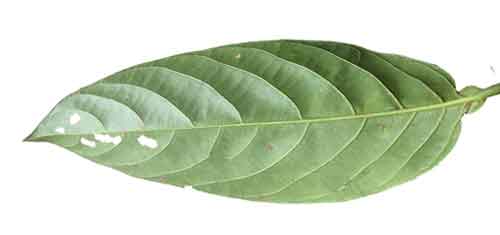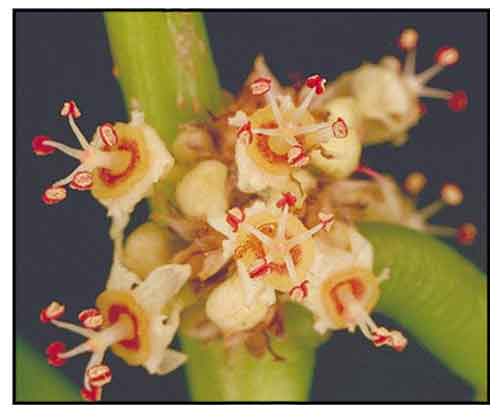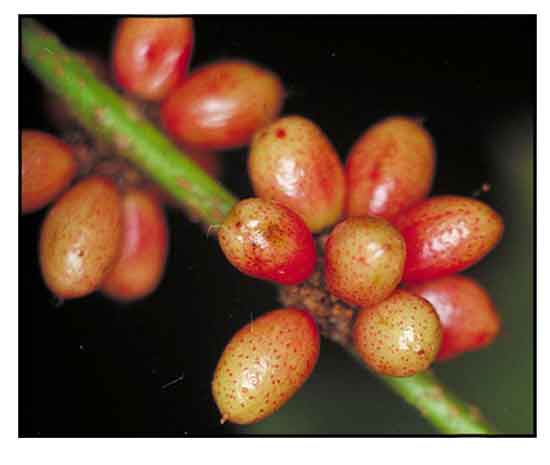
Family • Phyllanthaceae
Subiang
Bridelia insulana Hance
GREY BIRCH
| Scientific names | Common names |
| Bridelia griffithii var. glabra Gehrm. | Subiang (Tag.) |
| Bridelia griffithii var. penangiana (Hook.f.) Gehrm. | Gray birch (Engl.) |
| Bridelia insulana Hance | |
| Bridelia insulana var. subnuda (K.Schum. & Laut.) S.Dressler | |
| Bridelia minutiflora Hook.f. | |
| Bridelia minutiflora var. abbreviata J.J.Sm. | |
| Bridelia morotaea Airy Shaw | |
| Bridelia palauensis Kaneh. | |
| Bridelia penangiana Hook.f. | |
| Bridelia penangiana var. subnuda (K.Schum. & Laut.) AiryVShaw | |
| Bridelia platyphylla Merr. | |
| Bridelia subnuda K.Schum. & Lauterb. | |
| Bridelia insulana Hance is an accepted species. KEW: Plants of the World Online | |
| Other vernacular names |
| INDONESIA: Kanderi besar, Kandri kebo, Ki pahang gunung. |
| OTHERS: Kenidai. |
August 2023
![]()
 |
| PHOTOS / ILLUSTRATIONS |
| IMAGE SOURCE: Photo: Bridelia insulana fruits / © Wannura / Non-commercial use / click on link or image to go to source page / Wannura |
| OTHER IMAGE SOURCE: Bridelia insulana / Close-up of fruit / B Jago / Australian National Botanic Gardens / Noncommercial use / Click on link or image to go to source page / Image modified / Useful Tropica Plants |
| OTHER IMAGE SOURCE: Bridelia insulana / Close-up of flower / B Jago / Australian National Botanic Gardens / Noncommercial use / Click on link or image to go to source page / Image modified / Useful Tropica Plants |
| OTHER IMAGE SOURCE: Photo : Bridelia insulana / Abaxial view of leaf / Copyright © 2018 by Edmund B Capuz (contact: [email protected]) [ref. DOL136989] / Non-Commercial Use / image modified / click on image or link to go to source page / Phytoimages.siu.edu |
Additional
Sources and Suggested Readings |
• |
DOI: It is not uncommon for links on studies/sources to change. Copying and pasting the information on the search window or using the DOI (if available) will often redirect to the new link page. (Citing and Using a (DOI) Digital Object Identifier) |
| List of Understudied Philippine Medicinal Plants |
• |
 |





